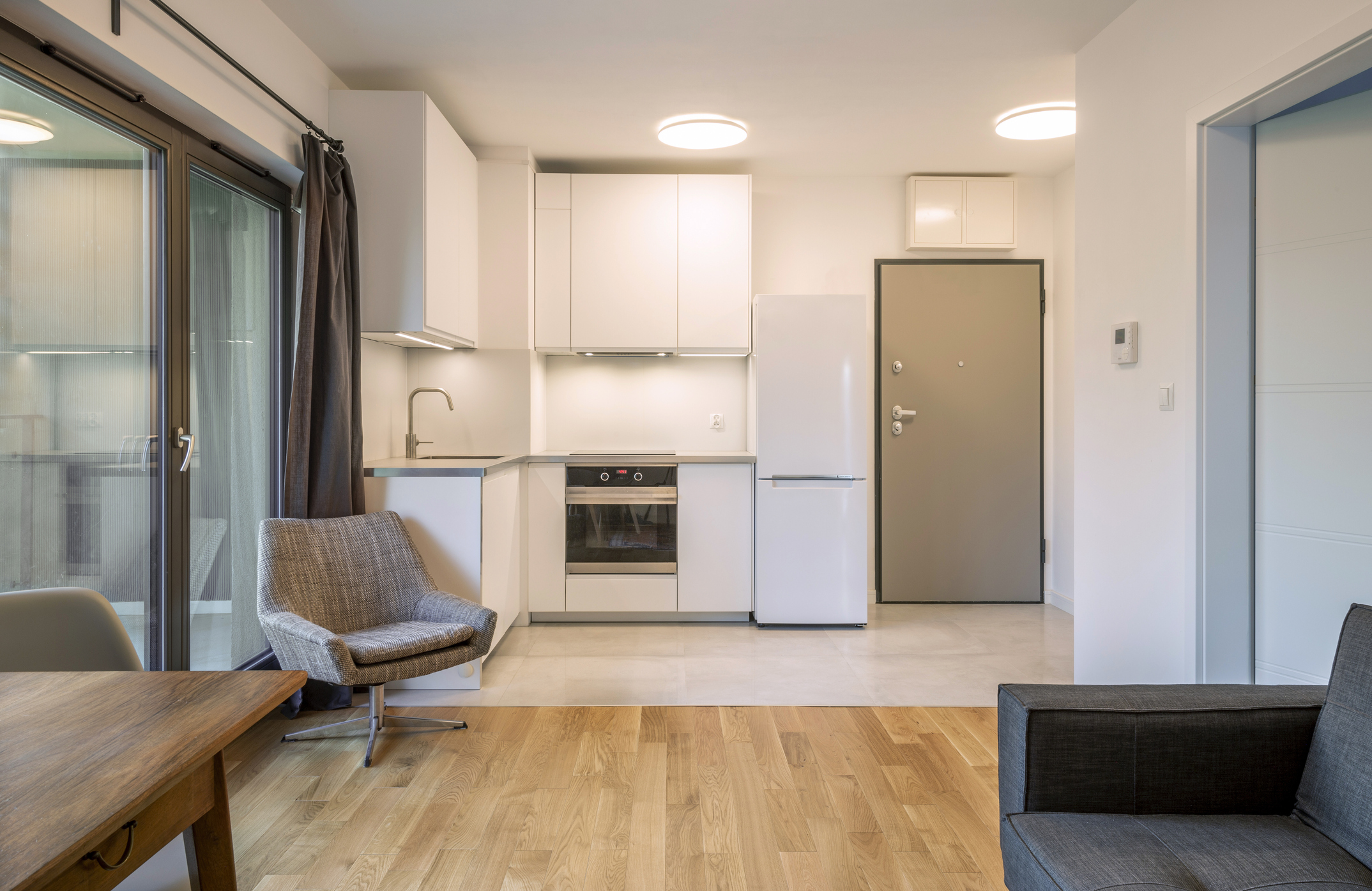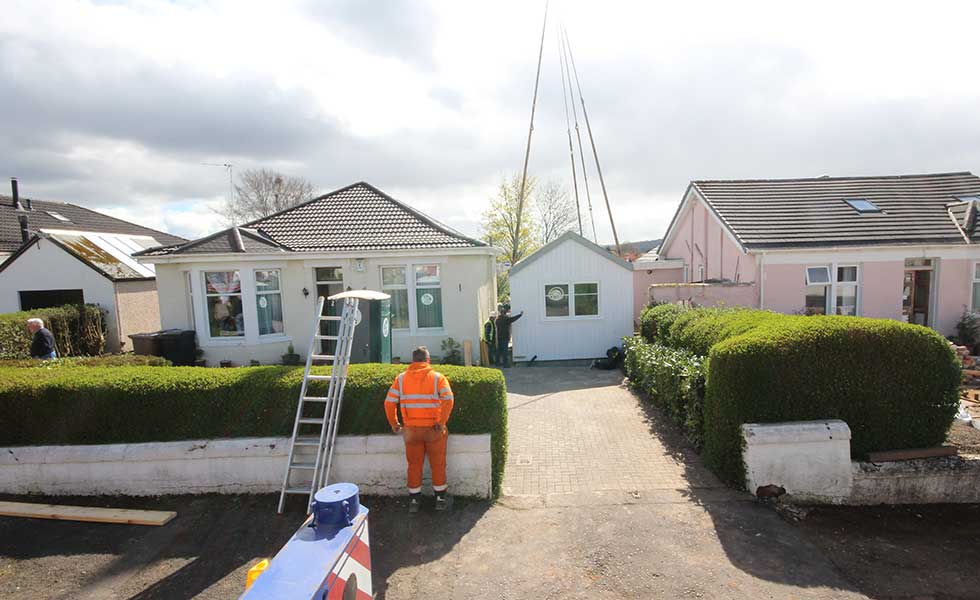Do I Need Planning Permission for an Annexe?
There are a couple of key rules you need to be aware of to stay on the right side of the law when creating an annexe, says planning consultant Ken Dijksman

Looking after elderly parents, and children hanging around well into their 20s, are responsibilities that more homeowners are having to cope with.
Part of the answer to both problems can be to create an annexe to your home. This is a self-contained living space that is still used as part of the same house, within the same plot and within the same ownership.
The key thing to understand about an annexe is that it is not a separate dwelling — it might be self-contained, but this living space must be part of one home occupied by one, possibly extended, family unit. Only under this definition can it legitimately be described as an ‘annexe’.
What Planning Problems Might I Face When Building an Annexe?
Councils are increasingly suspicious because planning officers see it as their job to prevent the creation of new dwellings, unless they have planning permission. Any hint of a new flat or dwelling being created in the garden can stir up the council’s enforcement team.
The problem you might face is your local planning authority could potentially jump to conclusions and presume guilt unless you prove your innocence. This can be stressful, time-consuming, expensive and above all, create undue hassle.
The way to avoid this is to submit a formal application for a Lawful Development Certificate. This is not a planning application — you are not asking for permission, you are seeking a legal determination. In other words, you are asking the council to confirm your legal right to create annexe accommodation within your existing property.
This could be combined with new extensions to your house or built explicitly to create an annexe, provided they comply with normal Permitted Development (PD) rules for extensions.
Can I Use an Outbuilding as an Annexe?
Do remember, it is not lawful to build an outbuilding for use as an annexe under PD.
Subject to various simple criteria, new outbuildings can be built in your garden for just about any purpose incidental to the use of your house as a single home, such as a home office, gym or workshop — but not for self-contained residential accommodation.
You will need planning permission if an outbuilding is to be specifically built for the purposes of being an annexe.

When Do I Need a Planning Application for an Annexe?
If you find that the extensions you are allowed to build under Permitted Development (i.e without planning permission) are simply not big enough to create an annexe, then you will need to make a planning application. You and your designer will need to consider all the normal issues, like impact on neighbours, the design of your house, the right materials, etc, as you would with any extension.
You may wish to build the extension now with the intention of perhaps creating an annexe in the future. In this case, in planning terms, that future use is an irrelevance at this stage because internal changes do not need planning permission.
If you do want to design and build the annexe now however, the council will be suspicious when they see an additional kitchen, living room, bathroom, and perhaps separate entrance all shown on plans. You will therefore need to really emphasise and demonstrate that in design and layout terms, this is not accommodation which could be subdivided, split off or rented out.
If the council suspect that the intention is to create a new dwelling they will almost certainly refuse it (unless they’re convinced that a new dwelling would actually be acceptable in that location and have all normal attributes, such as its own garden, parking and access, etc).
How to Avoid Planning Issues with an Annexe
People get themselves into trouble by assuming the council either won’t notice or will be reasonable. Unfortunately, you must assume the worst. But the law is on your side when it comes to creating additional accommodation for your relatives within your home, even if it is self-contained and they have independence, provided you’re all still living as one family. But, obtaining a Lawful Development Certificate is the safest way to prove it.
The council will always be on the lookout for attempts to dupe the system, so you must be able to reasonably argue that it’s all being occupied as one integrated unit.
What’s the Easiest Way to Create an Annexe?
Planning law in relation to annexes is pretty clear and accommodating, and it is possible to create annexe accommodation for parents or children without breaching planning regulations. The simplest way of doing this is either:
- Convert existing accommodation into self-contained living space. This includes converting an existing garage in the garden, an integral garage, a wing of the house, the loft space, or any other built part of an existing single dwelling
- Internal changes, and most external changes such as the addition of doors and windows, do not comprise ‘development’, so planning permission is not needed. Providing the rearranged accommodation is used as an extended part of the existing single dwelling, there is no change of use, so planning permission is not required.
Get the Homebuilding & Renovating Newsletter
Bring your dream home to life with expert advice, how to guides and design inspiration. Sign up for our newsletter and get two free tickets to a Homebuilding & Renovating Show near you.
Ken, a former planning officer, is an experienced planning consultant with over three decades of experience helping self builders, renovators and developers achieving planning permission. He set up his own consultancy, Dijksman Planning LLP, in 2005. He is also the author of The Planning Game, How to Play the System and Win Planning Consent: An Insider's Guide to Planning Permission for Newbuilds and Extensions.

